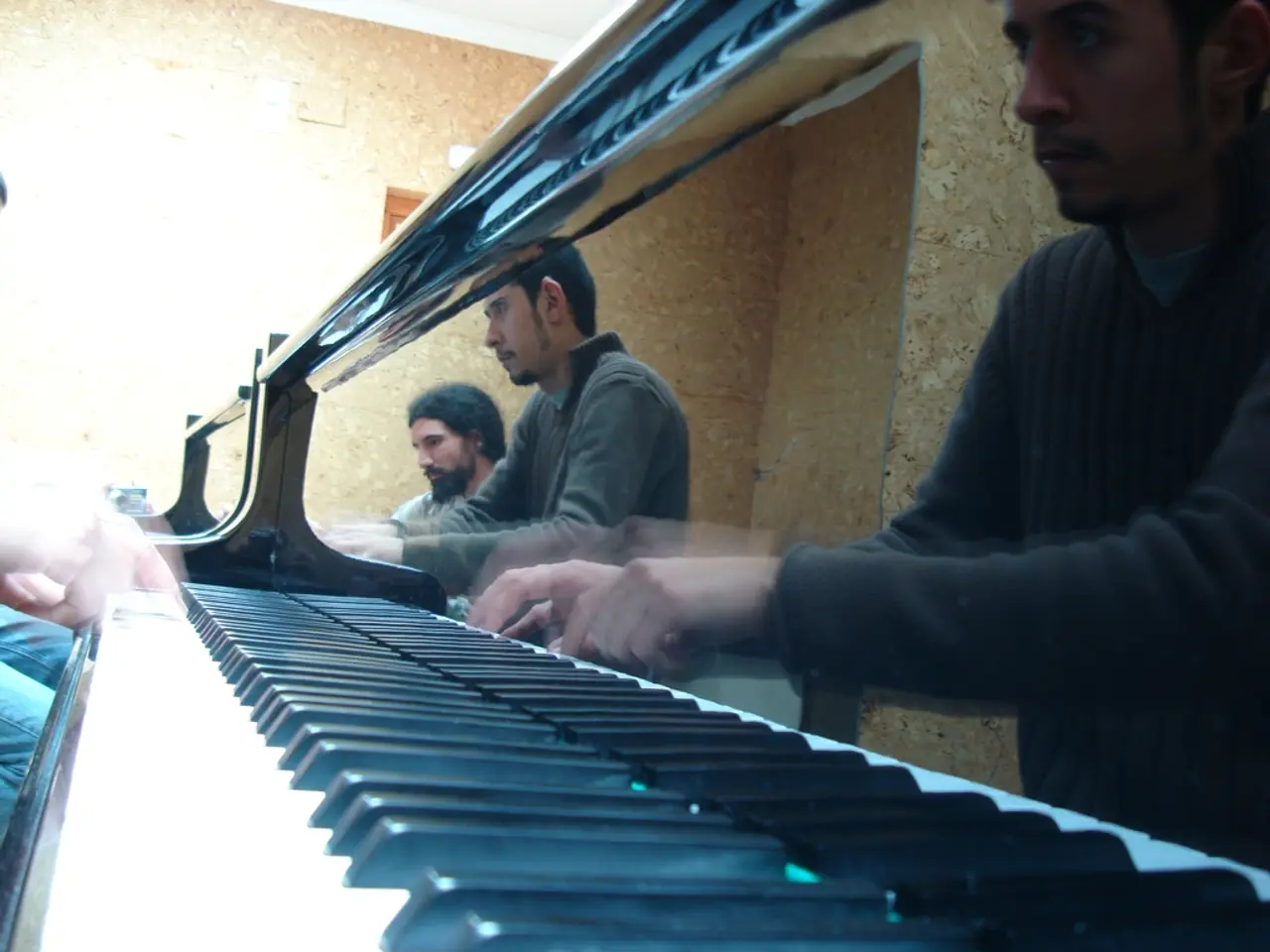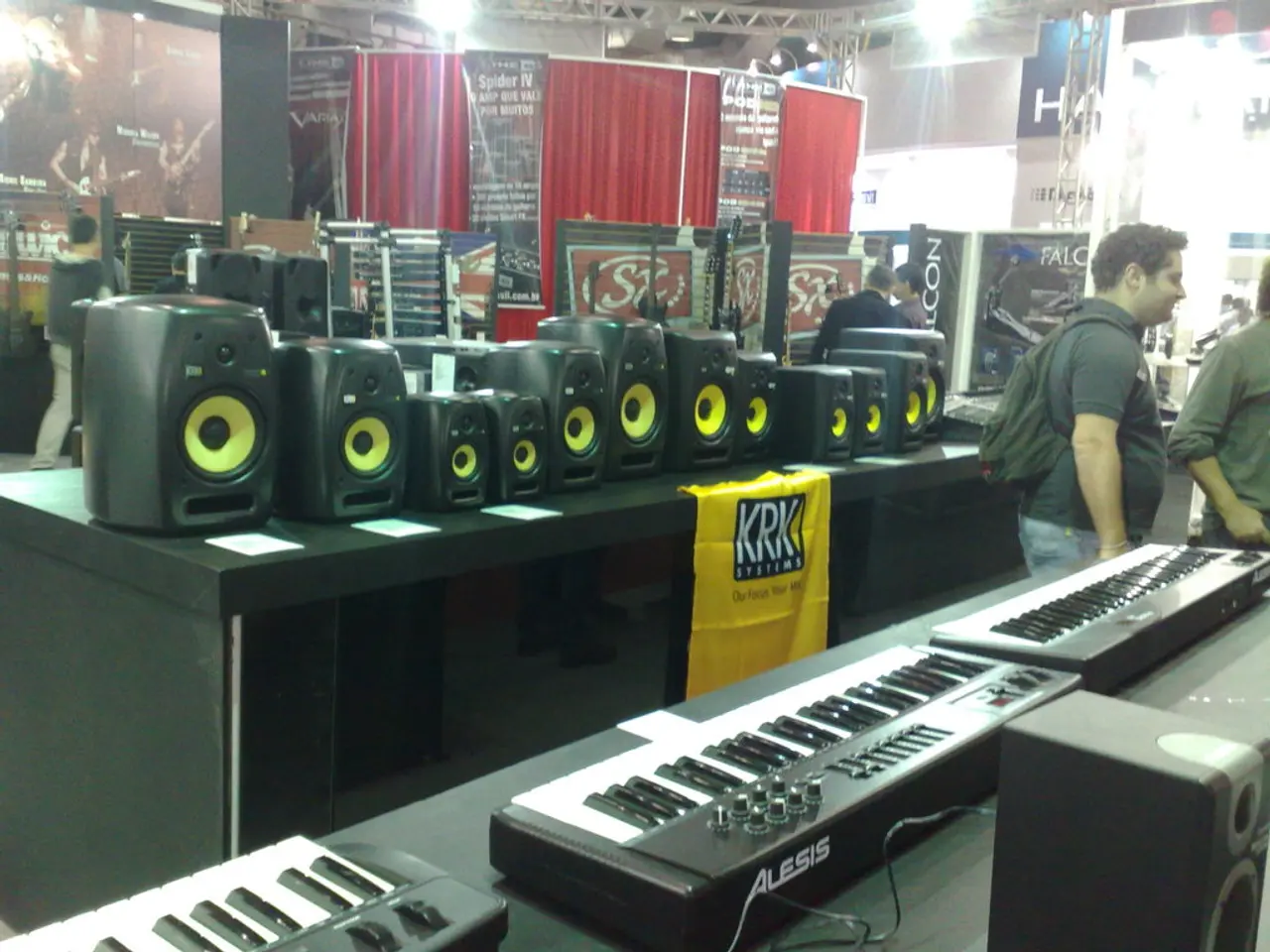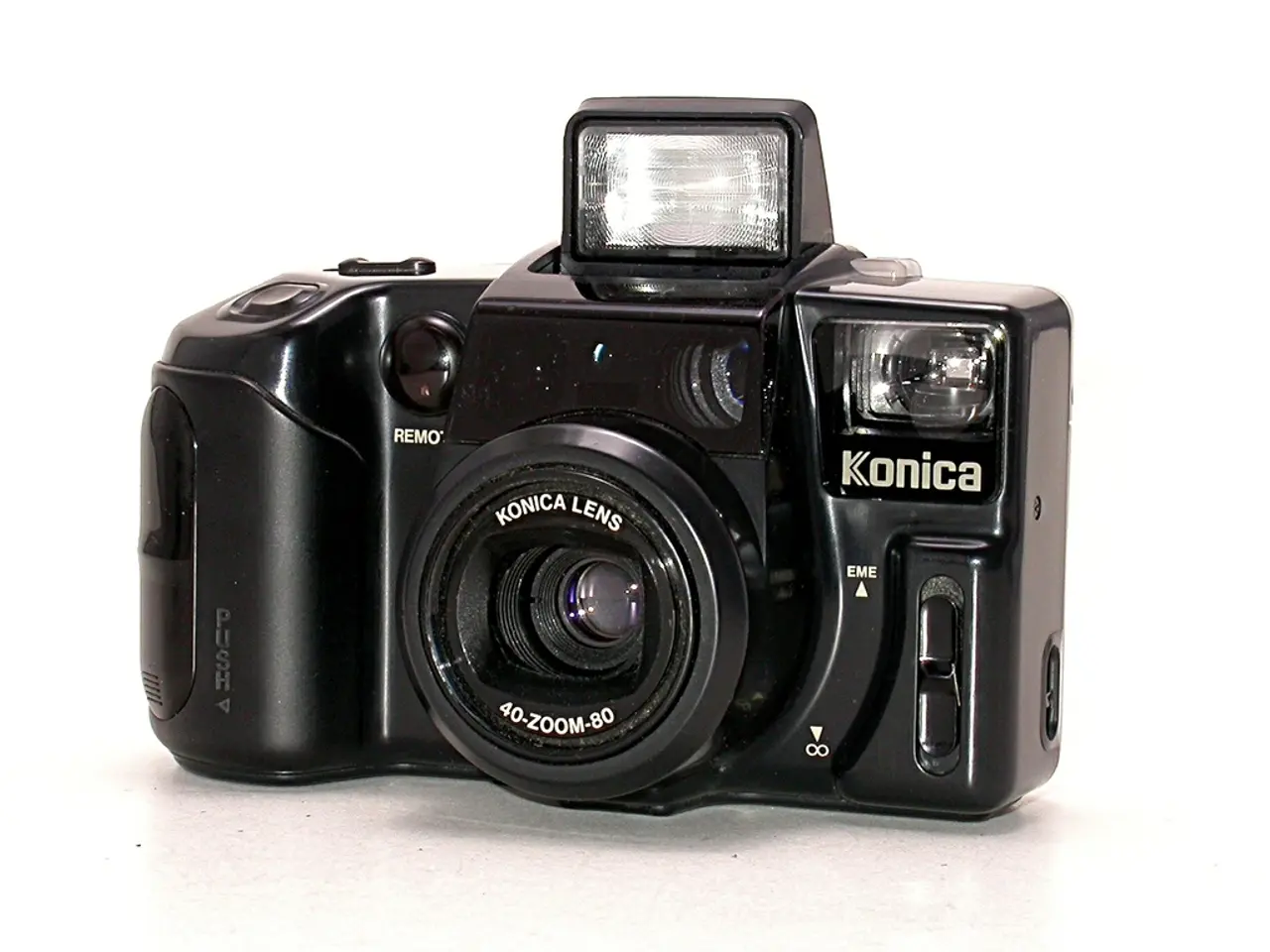Karaoke Technology Progression: Transitioning from Tapes to Digital Media
In the late 1960s, a cultural phenomenon was born in Japan, thanks to engineer Shigeichi Negishi's invention of the first karaoke machine [3]. With the use of cassette tapes, people could sing along to recorded music tracks in their homes or social settings, fostering a sense of community and participation.
As CD technology became widespread in the 1980s and 1990s, karaoke systems were adapted to incorporate CDs, providing better audio quality and more durable media. This development helped spread karaoke beyond Japan to other parts of Asia and the world [1].
The digital revolution in the late 2000s marked another significant milestone in karaoke's journey. With the advent of portable devices and streaming services, karaoke became more accessible and personalised than ever before. Digital formats offered easy access to vast libraries of karaoke songs, including user-generated content on the internet, and integration with personal computers, smartphones, and online platforms [1][2].
This technological evolution not only broadened karaoke's cultural impact but also further democratised participation. Karaoke transformed into a global social phenomenon, crossing language and cultural barriers, with online communities and social networks fostering new forms of musical engagement and discovery.
The shift to digital technology also brought about innovative features like real-time vocal coaching and feedback on digital platforms, enhancing the karaoke experience even further [4]. Today, users can participate in virtual karaoke sessions with people around the world, forging profound connections through shared musical moments [2].
The future of karaoke looks promising, as it becomes increasingly inclusive, allowing users to join sessions from anywhere in the world [5]. Families in the '90s transformed their living rooms into karaoke hotspots, and today, apps like Smule and Karafun enable users to sing along with thousands of tracks on their smartphones [6].
In essence, each technological advancement, from cassettes to CDs to digital formats, has improved sound quality, made karaoke machines more accessible and affordable globally, expanded song availability and variety, and enabled karaoke to become an interactive, social, and cultural activity worldwide, beyond its origins in Japan [3][5].
For more information on the topic of karaoke, we recommend visiting Pusangoguryeoroom.com [7]. The experience of karaoke today is something previous generations could only have dreamed of, thanks to technology, as it continues to celebrate karaoke as a universal language that transcends age, culture, and geography [5].
References:
[1] Karaoke: The Complete Guide. (2018). Retrieved from https://www.karaoke-world.com/
[2] Karaoke: A Global Phenomenon. (2021). Retrieved from https://www.britannica.com/topic/karaoke
[3] History of Karaoke. (n.d.). Retrieved from https://en.wikipedia.org/wiki/History_of_karaoke
[4] The Future of Karaoke: Trends and Predictions. (2020). Retrieved from https://www.digitalmusicnews.com/
[5] The Cultural Impact of Karaoke. (2019). Retrieved from https://www.npr.org/
[6] Top Karaoke Apps for Smartphones. (2021). Retrieved from https://www.techradar.com/
[7] Pusangoguryeoroom.com - Your Ultimate Karaoke Resource. (n.d.). Retrieved from https://pusangoguryeoroom.com/
- The digital revolution in the 2000s opened up new avenues for karaoke, making it accessible on personal devices and streaming services, revolutionizing the way people enjoy and participate in karaoke dancing.
- With thousands of karaoke tracks available on smartphone apps like Smule and Karafun, lifestyle incorporates karaoke sessions anywhere, eliminating the need for a dedicated karaoke room.
- As karaoke transcends geographical barriers, it has become a tool for media, using technology to host virtual events, bridging cultures and countries through shared moments of beauty and entertainment.
- As fashion trends evolve, technology continues to integrate with lifestyle, and the line between entertainment and technology blurs as karaoke performances are enhanced by real-time vocal coaching and feedback on digital platforms.




